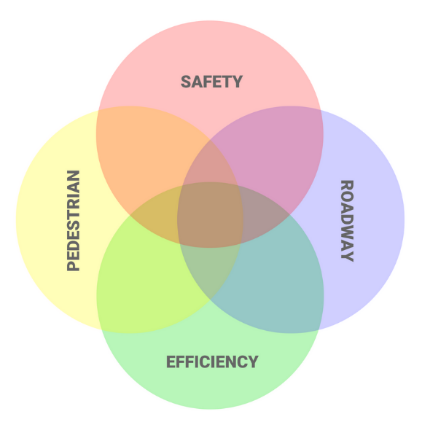Elevating Connecticut's Roads With Transportation Engineering
August 31st, 2018

As one of the oldest admitted states in the United States of America, Connecticut has a vast array of infrastructure from interstate highways to urban, suburban, and rural roads. With each kind of road comes a unique set of challenges, as well as unique ways in which to overcome them. Freeman Companies’ Manager of Transportation and Traffic/Safety Engineering Mr. Yuyang Lin, PE, PTOE, gives us insight into how we can identify key design considerations with different kinds of transportation projects in Connecticut, as well as the best measures to take to make them safer.
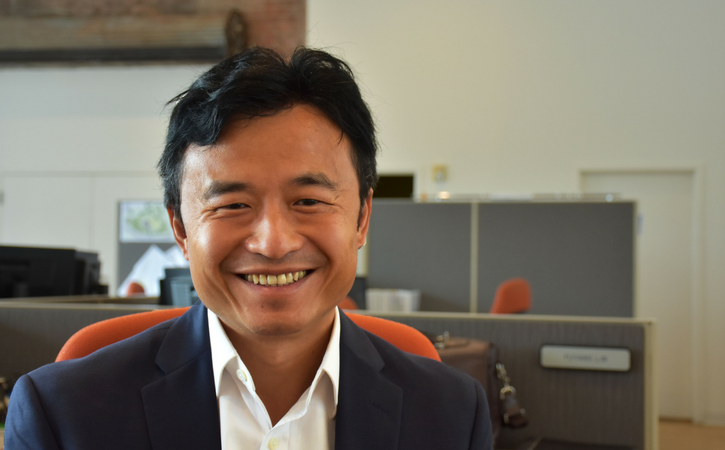
Yuyang Lin, PE, PTOE, joined Freeman Companies as Manager of Transportation and Traffic/Safety Engineering in 2016. He has over 18 years of engineering design, construction, and inspection experience on municipal and Connecticut Department of Transportation projects. He has a thorough understanding of design guidelines and expertise in design procedures. He is also proficient in state-of-the-art traffic applications and computer aided design software. Yuyang’s work includes, but is not limited to, traffic signal design, traffic impact studies, highway/roadway design, signing and pavement marking plans, and stage construction plans to maintain vehicular and pedestrian traffic during construction.
What is Transportation Engineering?
“There are many ways to move a person or vehicle from Point A to Point B," says Lin, “Transportation Engineers are the ones who figure out how to do that. It’s all about how to design that Point A to Point B path—whether it’s on a roadway, pedestrian walkway, or some kind of multi-modal transportation—to be as safe and efficient as possible.”

When we talk about making roads “safer,” what does that mean?
“With the concept of safety, you have to think about the roads and the people using those roads. Roads must be safe in that they should be smooth with no potholes, must have proper signage indicating different features such as sharp curves or upcoming traffic lights, should have proper drainage so they do not flood during storms, and so on. Safety for people means having features such as sidewalks for pedestrians to walk safely on along the roads, crosswalks with proper signage to access to different sides of the roads, and landscape architectural features such as streetlights when it is necessary.”
Does modern technology have an impact on road safety?
“The concept of safety has gotten more complex as technology evolves. With respect to traffic signals, there are better traffic detection systems that can control traffic flow better, so a lot of the time, my work involves updating those signals to meet current standards. We also see evolution in not only how traffic flows, but what type of traffic is flowing—roads are being designed to make space for more cyclists and pedestrians as those modes of transportation become more common. So not only do the roads themselves need to become wider to allow for bike lanes or more foot trails, but also the technology that goes into the traffic signals and crosswalks have to be adapted as well to incorporate those users.”
In the following projects, we’ll see how “Safety” and “Efficiency” are incorporated into Roadway and Pedestrian travel.
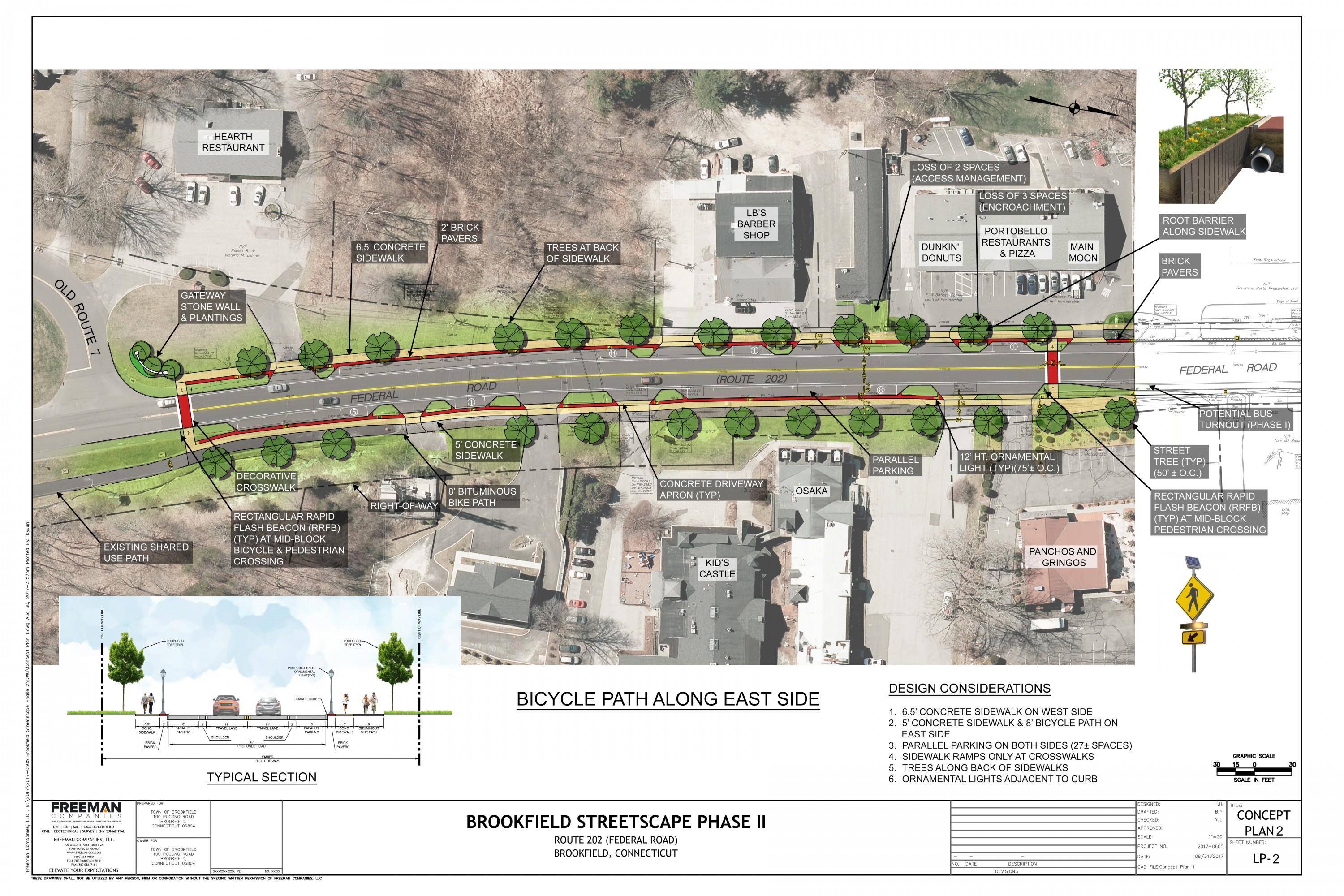
Town of Brookfield: Streetscape Phase 2 South
One of Freeman Companies’ most recent projects that incorporates traffic afety elements for multi-modal transportation is Phase 2 South of a streetscape plan for the Town of Brookfield. The Town’s staff developed the Phased Revitalized Plan with the goal of developing the Town Center District’s Four Corners. This plan includes objectives for sidewalk and roadway improvements, benches, and a bicycle path to encourage pedestrian foot traffic and increased safety. For Phase 2, these plans were developed even further as an extension of Phase 1. Bus pullouts and shelters, parallel road parking, crosswalks leading to the Still River Greenway Trail, and sidewalk and bike path extensions are all included in this second Phase. Traffic engineering is required for this project to ensure the new streetscape improvements and amenities are incorporated as organically as possible into the street and the surrounding area, and to create a seamless continuation of Phase 1 into Phase 2. The overall streetscape will be safer for Town visitors and residents, more efficient for vehicular travel and more inviting for incoming developers.
“With rural roads it’s not so much about keeping up with evolving technology as it is making sure these roads receive maintenance and have modern safety features incorporated into the design,” says Lin. “People don’t realize roads have certain lifespans just like a roof or a furnace in your house. It’s not something that is intuitive to think about until it becomes a problem that affects people’s lives. There is deterioration over time. Many rural roads in Connecticut have been designed with older standards in mind, meaning there are no modern safety features such as signage and drainage. The widths of the roads are also inadequate and there is poor sight distance (the distance that’s required for you to safely stop) which is a problem since so many of Connecticut’s rural roads are very curved. People are more like to drive around a bend too quickly which can lead to accidents. Our job is to fix those issues by adjusting the roadway alignment and adding signage or guiderails.”
Two recent Freeman Companies projects highlight these very features:
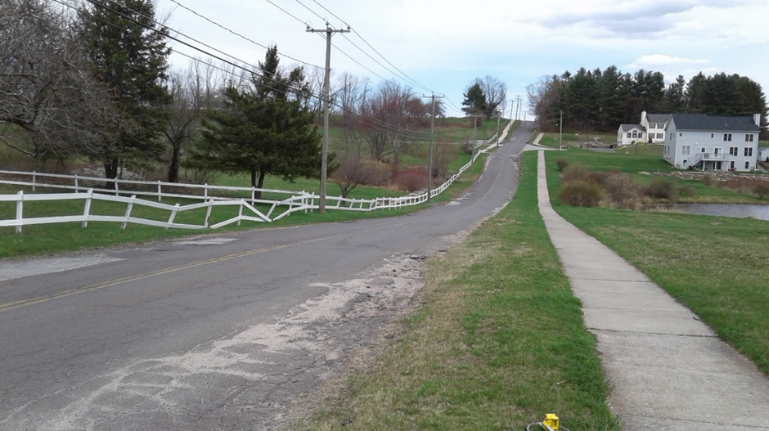
Town of Plymouth: Reconstruction of Harwinton Ave
In May of 2017 the Town of Plymouth selected Freeman Companies for the design of the reconstruction of Harwinton Ave in the village of Terryville. Freeman Companies is providing survey, roadway design, structural, environmental, and construction engineering and inspection services to the Town of Plymouth for this project. Scope of work includes roadway and storm drainage redesign of approximately one-half mile of roadway on this countryside connector. The horizontal alignment between Schroback Road and Ridge Road was in need of improvements, as well as the vertical alignment between Maggie Court and Seymour Road. Other design elements include traffic calming, street lighting, and guiderail repair, replacement, and installation.
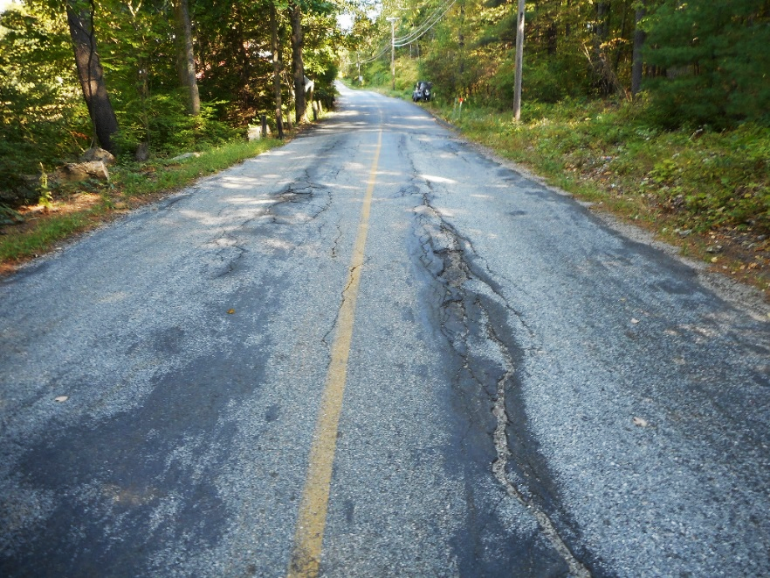
Town of Bethlehem: Reconstruction of Woodcreek Road
Woodcreek Road serves as an important artery to the Town of Bethlehem, providing a direct connection from the northwest sections of town to the village center. This 1.3 mile two-lane local rural road is characterized by a steep slopes, a winding horizontal alignment, sharp curves and rolling hills. The roadway, its guiderails, and the surrounding drainage systems are all in poor condition and the current winding alignment of the road has multiple blindspots. Freeman Companies is updating and improving these conditions, particularly with a road realignment to ensure safe experience for the drivers. Transportation and Traffic/Safety Engineering is vital to this project to ensure this area is restored to its full potential as a beautiful and scenic roadway in Connecticut.
“Bridges also need to be included when thinking about Connecticut’s roads as well,” says Lin. “They have life expectancies just like anything else, and many old bridges require frequent maintenance which means an increased capital outlay. When redesigning bridges for reconstruction or replacement, our traffic, highway and bridge engineers work together to create a design that will not only be cost effective, but long lasting so it will not have to be replaced for a very, very long time. A key component of any bridge project is how we can replace a bridge while maintaining traffic and not disrupting travel in the area.”
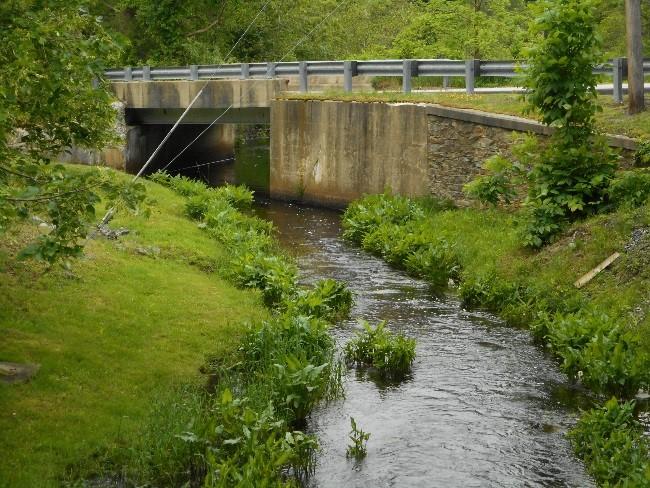
Town of Killingly: Design of Bridges Nos 68-000, 68-002 and 68-003
This project consists of the design of three bridges—Bridge No. 68-000, Bear Hill Road over an unnamed brook; Bridge No. 68-002, Valley Road over Mashentuck Brook; and Bridge No. 68-003, Valley Road over Whetstone Brook. All three bridges are in rural areas near local residences and have spans less than 20 feet to meet all Local, CTDOT, State and Federal requirements. Freeman Companies is working with the Town of Killingly to ensure residents and local stakeholders will not be required to take long detours during construction. In addition to bridge engineering and construction and transportation and traffic/safety engineering, Freeman Companies is also providing land survey, hydraulics, hydrology, environmental, and geotechnical services in the development and production of plans, specifications, bid documents, all permitting, contract administration and shop drawing review of this project.
How is transportation engineered?
“The Federal Highway Association and CTDOT have set standards,” explains Lin. You apply these standards to the questions you’re facing so that every road design is as uniform and safe as possible. A lot of what we do includes reviewing and interpreting guidelines for signals, striping, composition of the pavement and there’s a lot of little things you have guidelines for that need to incorporated into every aspect of a project. It is a balance between the cost and the safety standard. The closer it is to the standards, the more the project will cost. Unfortunately, safety a lot of the time means more money, and it’s money that a lot of towns in Connecticut just don’t have. That’s why we always make sure we communicate with every Town or City we work with to ensure the best and safest possible solution with the most realistic cost.”
While this might seem like a high price to pay, Lin is optimistic for the future. “It seems as if evolving technology leads to evolving safety standards which you would believe would lead to higher project costs,” says Lin. “But this is not always the case. Evolving technology, overall, is a good thing. Better technology means we will have greater skills and a greater ability to do our jobs. The better we can be at our jobs, the more efficiently we can provide cost effective solutions to the Cities and Towns of Connecticut for the improvements they need.”

